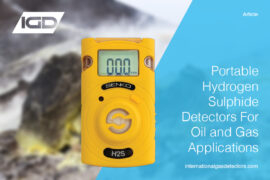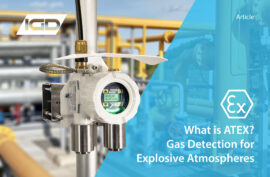The Right Sensor for the Right Job.
In 1917, our founder Henry Ringrose invented the world’s first flammable gas detector, utilising the earliest iteration of our pellistor sensors and changing the face of industrial safety overnight.
We’ve been committed to developing pioneering gas detection technology ever since, so when it comes to flammable gas detectors, you can take it for granted that we know our stuff. We’ve developed a huge range of sensor types since our incorporation and each of them is designed to meet the needs of a specific application and environment. While the appropriate sensor may vary based on ussage, the requirements of a flammable gas detector remain the same.
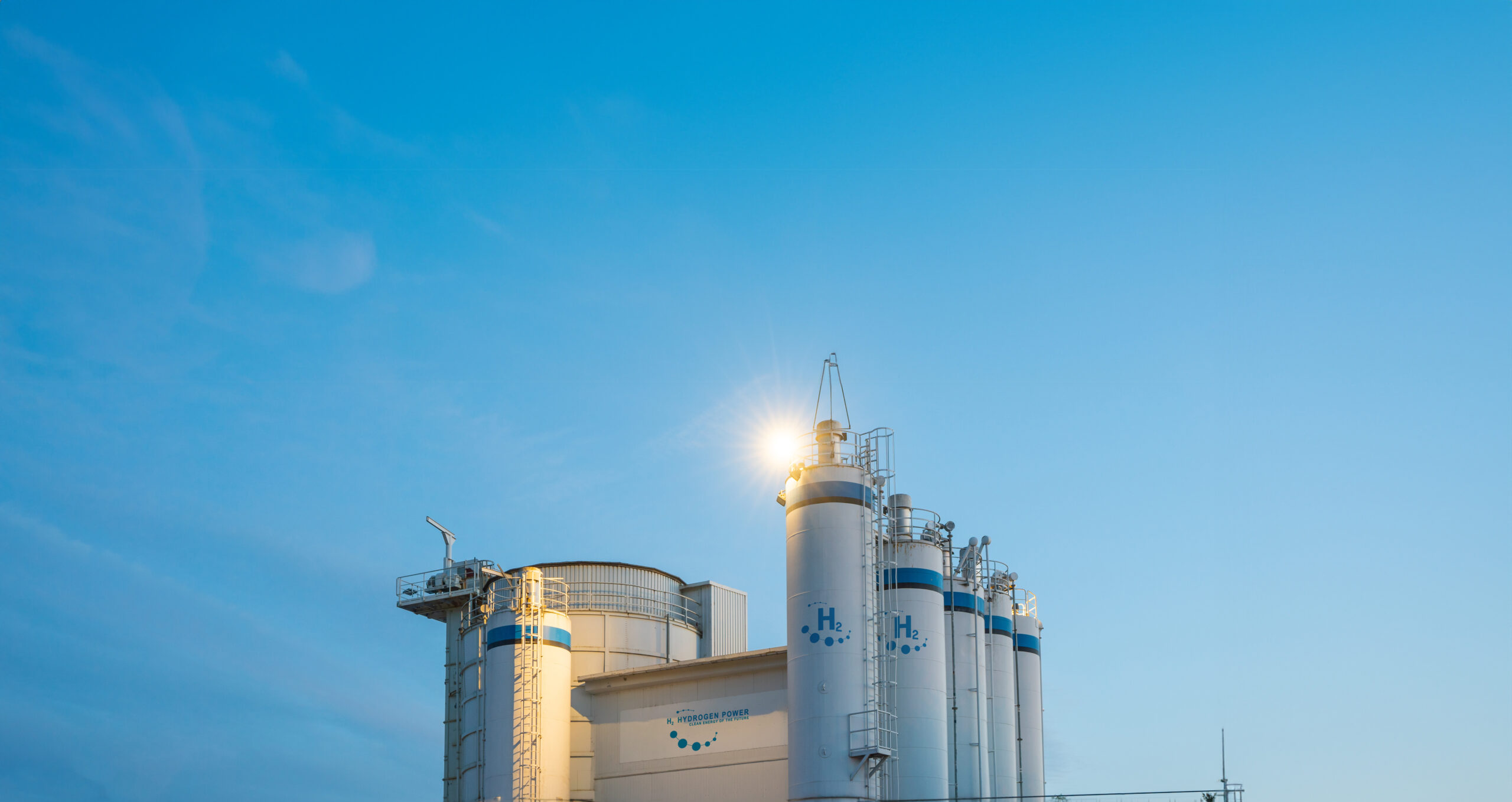
What does a Flammable Gas Detector Need to do?
Flammable gases contribute to an explosive atmosphere and even a small leak of some gases can quickly present a serious threat to personnel. With the hydrogen industry continuing to witness unprecedented growth, it’s more important than ever that we all understand the dangers presented by flammable gases and the best means of mitigating them.
DSEAR
The Dangerous Substances and Explosive Atmospheres Regulations mandate the evaluation and management of the potential risk to personnel from fires or explosions caused by hazardous substances in the workplace. You must mitigate or minimise these risks to the extent that is feasibly possible. DSEAR regulations mandate that flammable atmospheres must be avoided by ensuring that flammable gas concentrations do not exceed 25% of their Lower Explosive Limit (LEL). IGD engineers and consultants are COMPEx trained and well-equipped to mitigate these gas hazards by providing planning, installation, onsite support and advice on your setup.
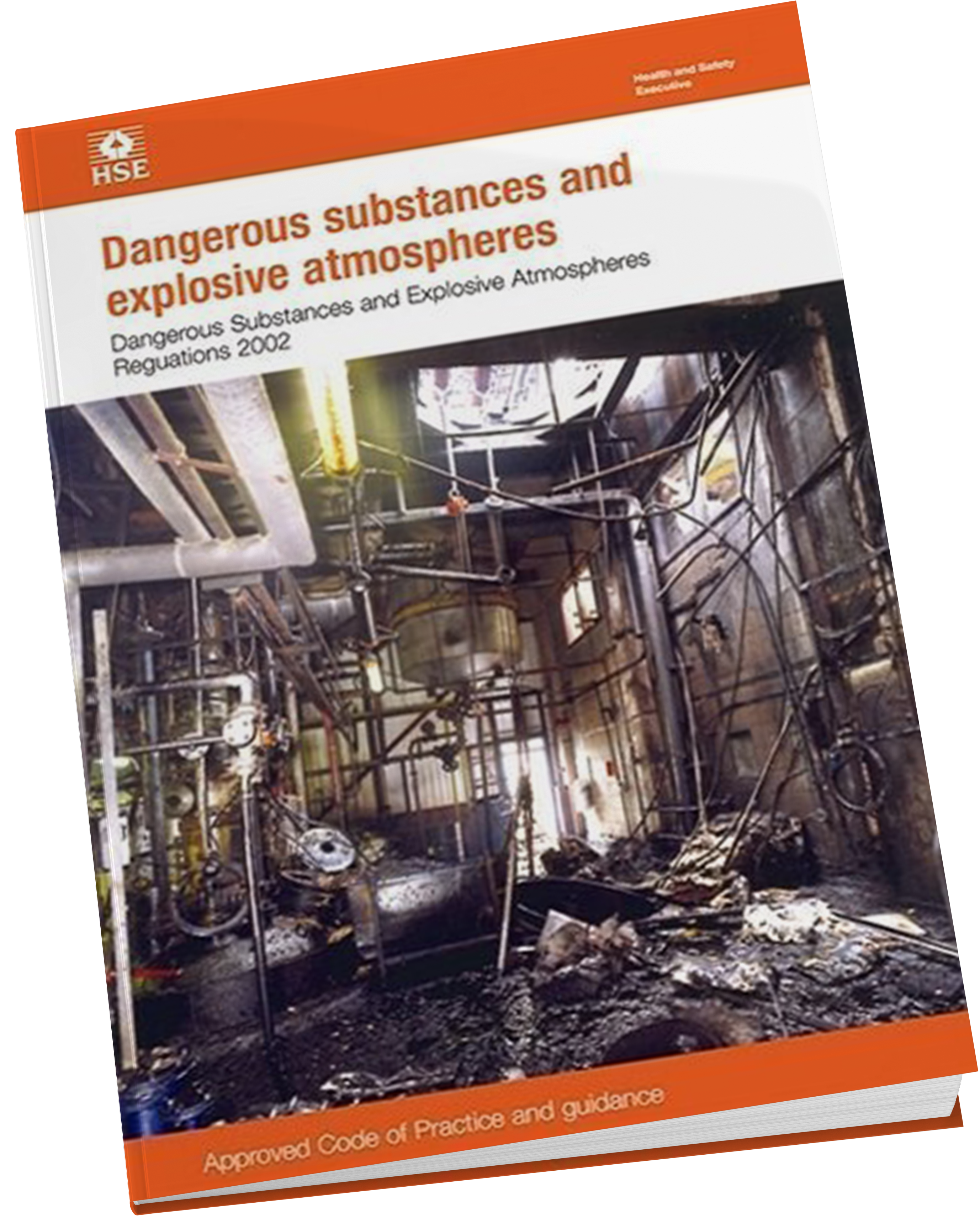
The only way of guaranteeing that your air quality remains within legal limits is with a gas detection solution. In other words, getting gas detection isn’t a choice. Who you get it from is.
Nothing is more important than picking the right sensor for the right job. Fortunately, here at IGD, we do that for you – but how do we make that decision?
Well, when dealing with flammable gas detection it usually comes down to pellistors vs. infrared sensors.
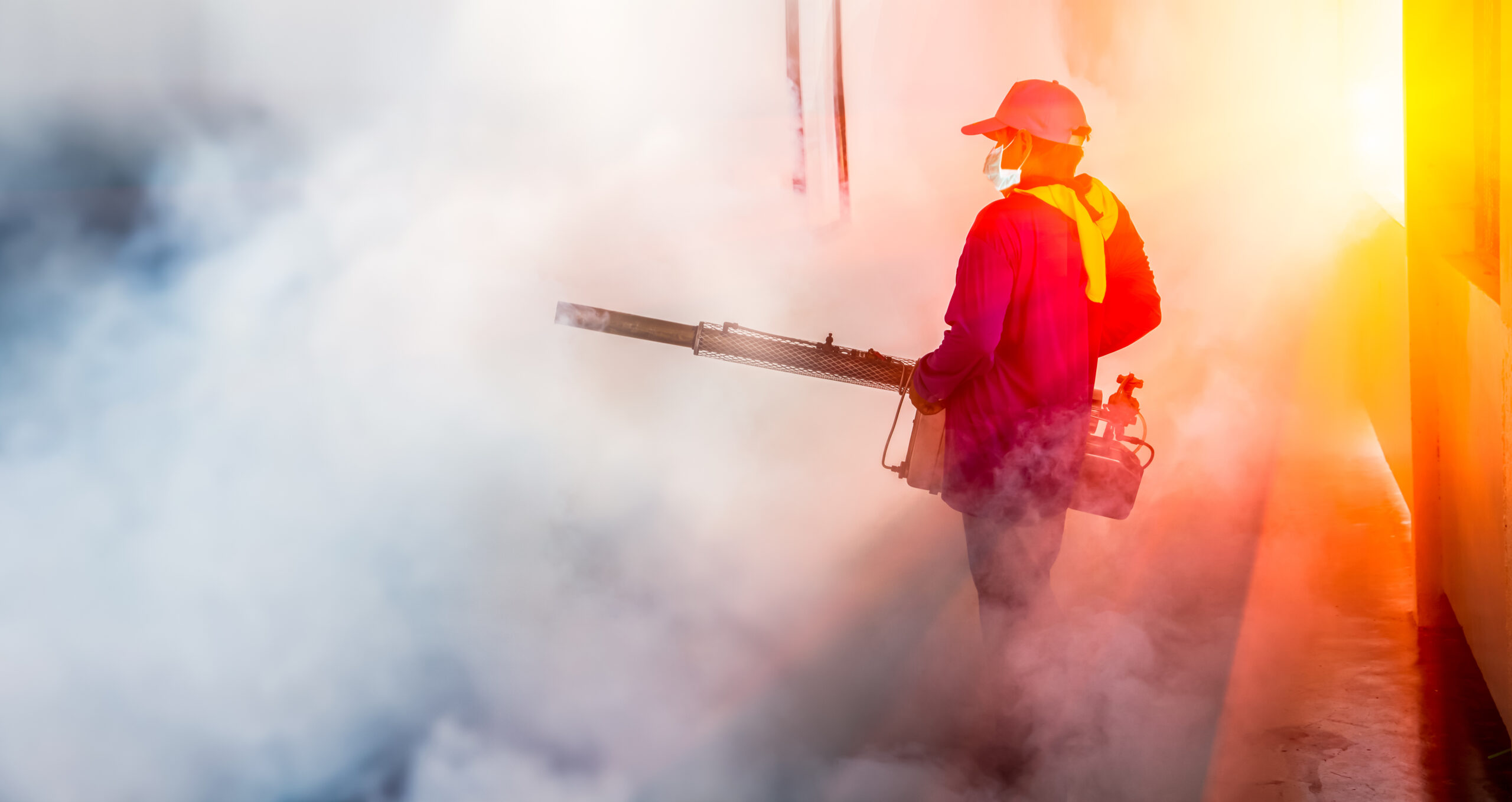
Pellistor Sensors
A pellistor, also known as a catalytic bead sensor, is a key component of a flammable gas detector. IGD’s landmark MK8 pellistor is not only the world’s longest-lasting pellistor sensor; it’s also the most poison resistant having been tested to 100x the prescribed standard. The operation of a pellistor sensor involves the following principles:
Construction: A pellistor consists of a pair of coils embedded in a ceramic bead. One coil is coated with a catalyst and serves as the sensing element, while the other coil acts as a reference.
Operation Principle:
- An electrical current is passed through both coils, heating them to a high temperature (typically around 500°C).
- When flammable gases come into contact with the heated catalyst, they oxidise (burn) on the surface of the sensing bead. This oxidation reaction generates heat.
- The heat from the oxidation reaction increases the temperature of the sensing bead. This increase in temperature changes the resistance of the coil in the sensing bead.
- The change in resistance of the sensing coil, compared to the reference coil (which does not undergo the catalytic reaction), is measured. The difference in resistance is proportional to the concentration of the flammable gas.
Pellistor Flammable Gas Detector Pros and Cons
Pros:
- Pellistors can detect a wide range of flammable gases, including methane, propane, butane, hydrogen, and more.
- The simplicity of their design means they are relatively cheap compared to other gas detection technologies.
- Pellistors are highly sensitive to low concentrations of flammable gases.
- This technology has been in use for many years and is well-understood, providing reliability in various applications.
Cons:
- Pellistors require the presence of oxygen to function properly since the detection mechanism relies on the oxidation of the gas.
- The catalyst can be poisoned or inhibited by certain substances (e.g., silicones, sulfur compounds, and lead), which can reduce the sensor’s effectiveness or cause it to fail.
- The need to maintain a high temperature in the sensing bead requires continuous power, which can be a limitation in battery-powered applications.
- Pellistors require regular calibration to maintain accuracy. They may also need periodic replacement due to degradation over time.
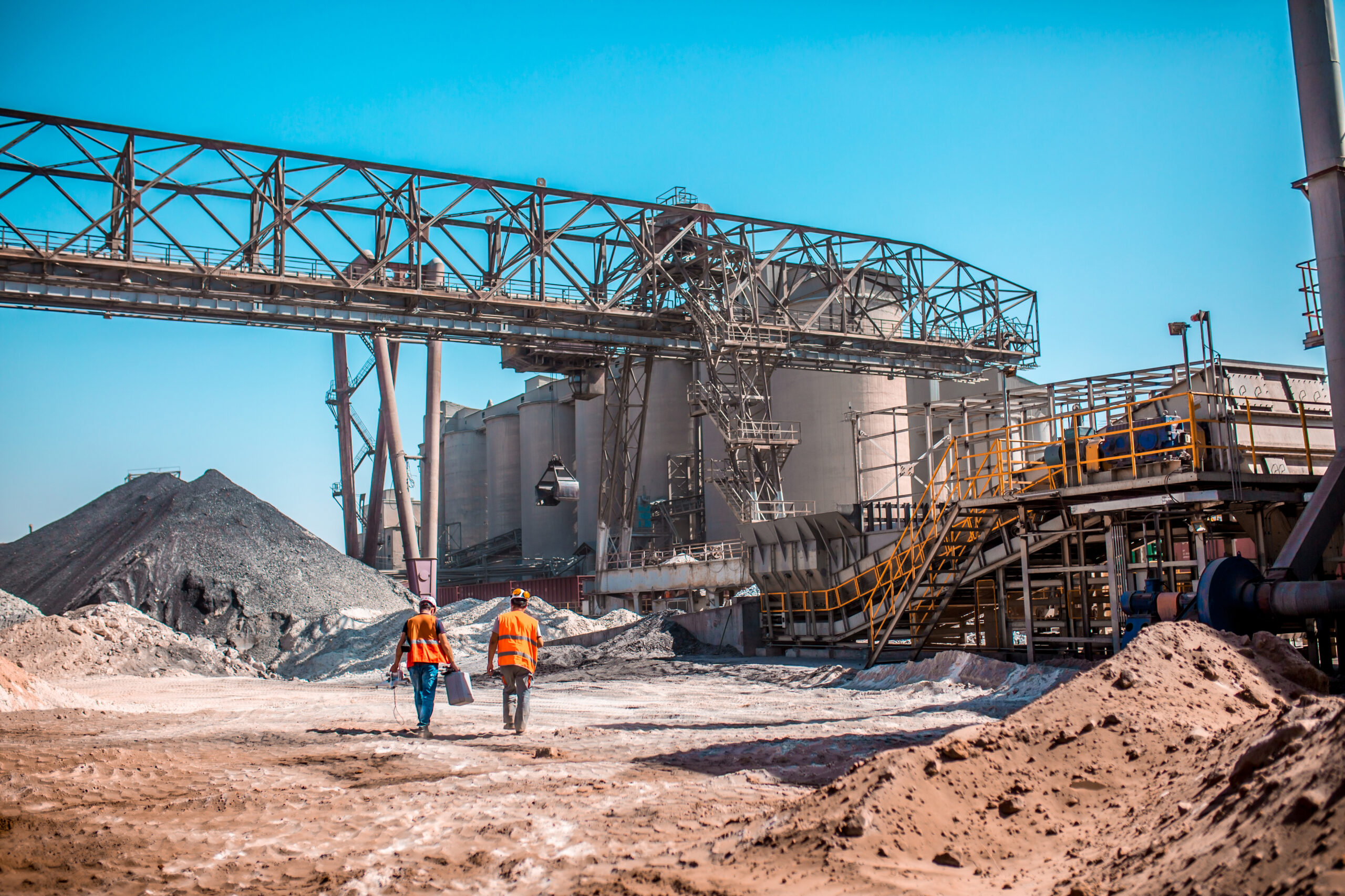
When and Where to Use a Pellistor Sensor
- Oil and Gas Industry: Pellistor sensors are commonly used in oil and gas facilities to detect flammable gases like methane and propane.
- Mining: These flammable gas detectors are used to detect combustible gases in underground mines.
- Chemical Manufacturing: Pellistor sensors are suitable for detecting a wide range of flammable gases.
- Industrial Plants: Used in various industrial settings where combustible gas leaks might occur.
Check out our article on the top ten features of our MK8 Pellistor Sensor here.
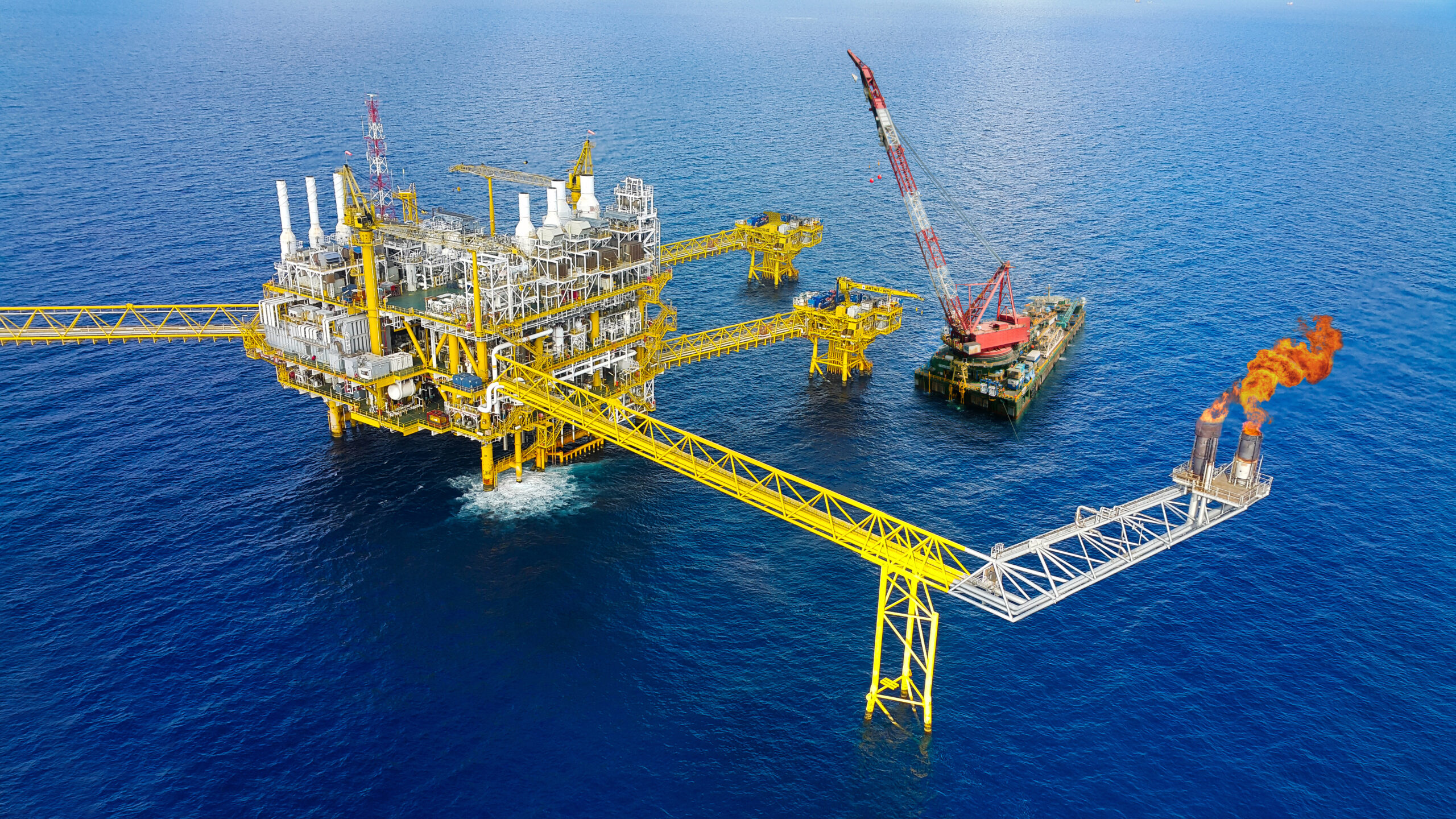
Infrared Sensors
An infrared (IR) flammable gas sensor detects gases by using infrared light to measure the absorption of specific wavelengths that correspond to the target gas. They are a key component of many flammable gas detectors.
Operation Principle:
- The sensor contains an infrared light source, such as an IR LED or a thermal emitter, which emits light in the infrared spectrum.
- The emitted IR light passes through a chamber where the gas sample is present. This chamber allows the gas to enter and exit freely.
- Infrared light is absorbed at specific wavelengths by different gas molecules. For flammable gases like methane, propane, or butane, there are characteristic absorption wavelengths in the IR spectrum.
- The sensor has a detector that measures the intensity of the IR light after it passes through the gas sample. Often, there are two detectors: one for the reference wavelength (not absorbed by the gas) and one for the measurement wavelength (absorbed by the gas).
- The difference in the intensity of IR light between the reference and measurement wavelengths indicates how much light has been absorbed by the gas. This absorption is directly related to the concentration of the gas in the chamber.
- The sensor’s electronics process the signal from the detectors and convert it into a gas concentration reading, usually displayed in parts per million (ppm) or as a percentage of the lower explosive limit (LEL).
Infrared Flammable Gas Detector Pros and Cons
Pros:
- IR sensors are highly specific to the target gas due to the unique absorption traits of different gases, reducing the likelihood of false alarms.
- These sensors are stable over time and do not suffer from drift as much as other sensor types, such as catalytic bead sensors.
- Infrared sensors do not consume the target gas during measurement, leading to a longer operational life and lower maintenance costs.
- Sensor poisons will not effect them.
- Capable of detecting a wide range of flammable gases and vapours.
Cons:
- Infrared gas sensors tend to be more expensive than other types of gas pellistor sensors.
- While they are stable, they still require maintenance to ensure accuracy, although the frequency is lower compared to other sensors.
- Although specific, there can be cross-sensitivity issues where other gases with similar IR absorption characteristics interfere with the measurement.
- Certain environmental conditions, like high humidity or dust, can affect the accuracy of the IR measurements. Specialized designs and housings will mitigate these effects.
- IR sensors can be larger and more complex, making them less suitable for very compact applications.

When and Where to Use an Infrared Sensor
- Oil and Gas Industry: Especially useful in offshore platforms and refineries.
- Chemical Processing: Used to monitor for leaks of specific gases like CO2.
- Environmental Monitoring: Employed in detecting greenhouse gases and other emissions.
- HVAC Systems: Used to monitor CO2 levels for air quality control.
- LPG Aerosol Filling Plants: The silicon they use as a lubricant would damage pellistors.

Leave it to IGD
We’ve developed a huge range of sensors and flammable gas detectors, each modelled to the needs of a wide variety of use cases. When dealing with flammable gases it’s essential that you have a gas detection system and sensor selection that will keep you safe. Rely on IGD and our unmatched experience to keep you and your personnel safe.
Contact Us
Contact one of our team today to find out how we can provide you with the perfect gas detection solution. To take a closer look at the regulations surrounding gas safety check out our latest article here. Check out our huge range of Safe Area and ATEX-approved flammable gas detectors here.

